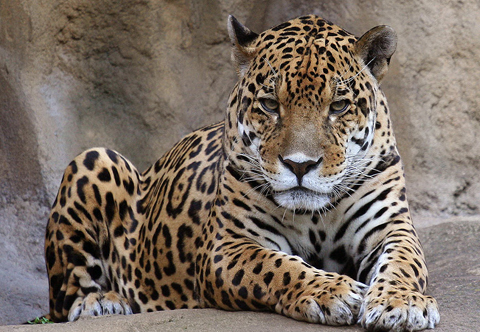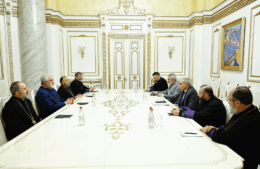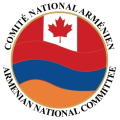On the trail of Europe’s three-legged leopard
- (0)
On the trail of Europe’s three-legged leopard –
By Simon Barnes
The Times

This is the column that supports the underdog. It also supports the underleopard, and I’m proud to be reporting from the front line of the battle to ensure its continued existence. I’m just back from Armenia, where I’ve been visiting a cracking underdog project to safeguard the future of the Euro-leopard.
Of course it’s Europe: Armenia was fourth in the Eurovision Song Contest, with Aram Mp3’s Not Alone, and that makes any leopard found there one of ours: a subspecies called Caucasian leopard, the biggest leopard on the planet.
Lord, but it’s fabulous country. Mountains everywhere: you hurt your neck when you look at the sky. Getting a decent breath is like trying to get drunk on Coca-Cola. It’s a tough, bare, hard place, and it takes a juniper tree 300 years to grow the size of your own Christmas tree.
It’s not teeming like the rainforest or the Serengeti, no. You hyperventilate when you see a goat: the massive-skulled ibex or bezoar. Golden eagles ridge-soar with devastating nonchalance, alpine swifts make jet-fighter zooms and the cries of choughs and ravens echo off the vertical walls. There are bears and wolves in these relentless hills as well as the leopard: not many and all well used to hard times.
I climbed towards the peaks on a bony little horse as tough as the country, mostly with the horse’s head higher than my own and it was abundantly clear that this is a hard place for humans and all other big mammals to make a living. The temperature hits the thirties in summer, which is fine, but drops to minus 30 in the winter. Nothing about this place is easy.
The Caucasus Wildlife Refuge is run by the Foundation for the Preservation of Wildlife and Cultural Assets (FPWC), a crash-hot Armenian NGO that aims to look after this impossible and glorious place for generations of humans and leopards yet to come. They lease land from the community and staff it with rangers from local villages, who keep the place safe.
It’s worth saving for a thousand reasons but the Euro-leopard is the undisputed flagship and superstar, a beast whose song, if heard, would certainly beat even Conchita Wurst – bearded like the pard though she is – into second place in the Eurovision. But it’s hard to know if the leopards are really there. Until 2012, you had to take it on trust, but then the rangers found footprints.
So they set out cameras traps and in July last year got a picture. Grainy as a silo and blurred to boot, it showed a spotty tail. Nah, said the cynics, fake, someone waggling a bit of leopard-print at the camera. They’ve shut up now, though. A month later a great spotty face hogged the camera like Benny Hill’s Fred Scuttle.
But shock and alarm followed as the leopard hopped out of shot. Hopped? The bloody thing had only three legs. Consternation. Should it be captured and brought to the zoo to sire generations in captivity?
No! This was clearly a fully viable, healthy male leopard making light of an old and well-healed injury. Let him thrive. Check him out on YouTube by typing Caucasian leopard World Land Trust, though you have to look hard to see the injury.
I was in Armenia as a council member of the World Land Trust, which gives financial support to FPWC, helping it to put the rangers on the ground. I went into the high mountains with one of them, Manuk Manukyan. Sometimes – actually quite often in wildlife conservation – you meet a person characterised by quiet but ferocious dedication in impossibly forbidding circumstances. You feel a little ashamed; you feel a lot inspired.
There’s a great deal to be done here. FPWC wants to expand the refuge and the local people are solidly behind them. I drank loud vodka toasts with the mayor, Rafiq Andrasyan: to conservation, to leopards, to rangers, to friendship. There are plans to open the area for local and international tourists: they’ll have a ball.
Not all great wildlife projects are about fantastic abundance. These fierce scarce places are also part of the planet and need conserving, along with the tough, scattered creatures that live here. There aren’t much more than a dozen leopards in all Armenia, rambling over home ranges of impossible size. FPWC faces problems from corruption, and from the rich men’s mania for trophyhunting – but it carries on, transparently honest and quietly determined that the underdog wildlife
of this underdog nation should carry on doing what it does best.
I went to Armenia expecting a worthy sort of trip. I was prepared to report on all the worthy things I found. I didn’t expect to be blown away by the place and its people. Thanks to them we still have leopards on the very fringes of Europe.


















